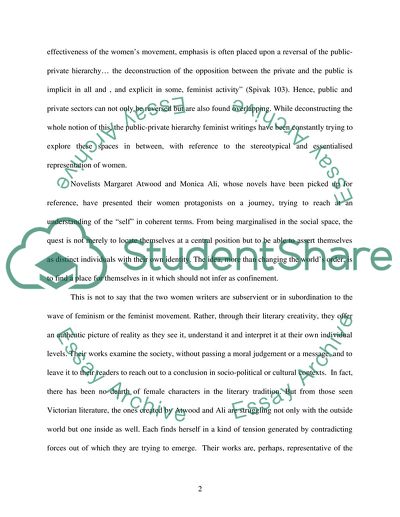Cite this document
(English Literature: 21st Century Women's Fiction Assignment, n.d.)
English Literature: 21st Century Women's Fiction Assignment. Retrieved from https://studentshare.org/literature/1740964-21st-century-womens-fiction-feminism-english-literature
English Literature: 21st Century Women's Fiction Assignment. Retrieved from https://studentshare.org/literature/1740964-21st-century-womens-fiction-feminism-english-literature
(English Literature: 21st Century Women'S Fiction Assignment)
English Literature: 21st Century Women'S Fiction Assignment. https://studentshare.org/literature/1740964-21st-century-womens-fiction-feminism-english-literature.
English Literature: 21st Century Women'S Fiction Assignment. https://studentshare.org/literature/1740964-21st-century-womens-fiction-feminism-english-literature.
“English Literature: 21st Century Women'S Fiction Assignment”, n.d. https://studentshare.org/literature/1740964-21st-century-womens-fiction-feminism-english-literature.


